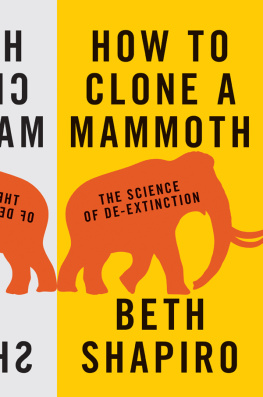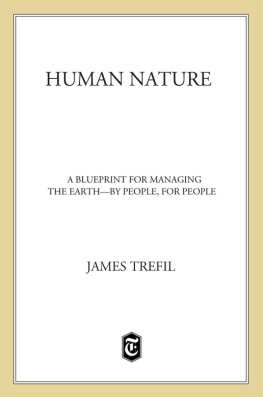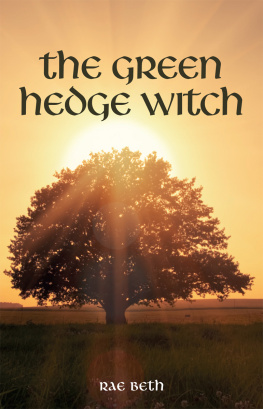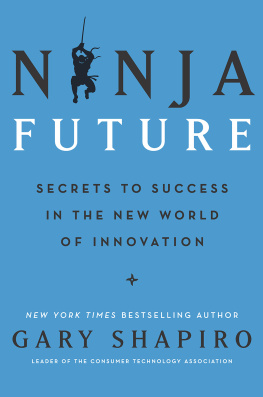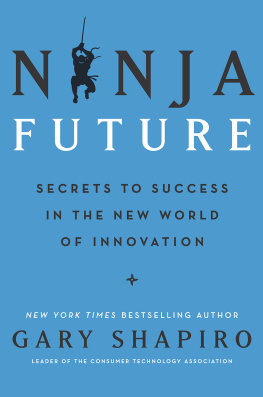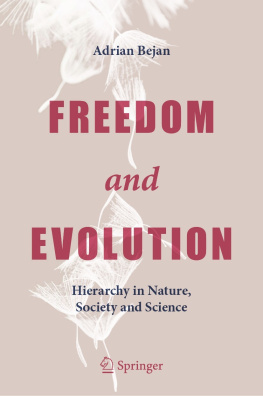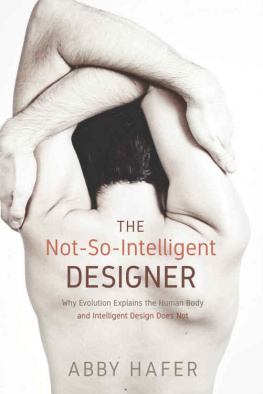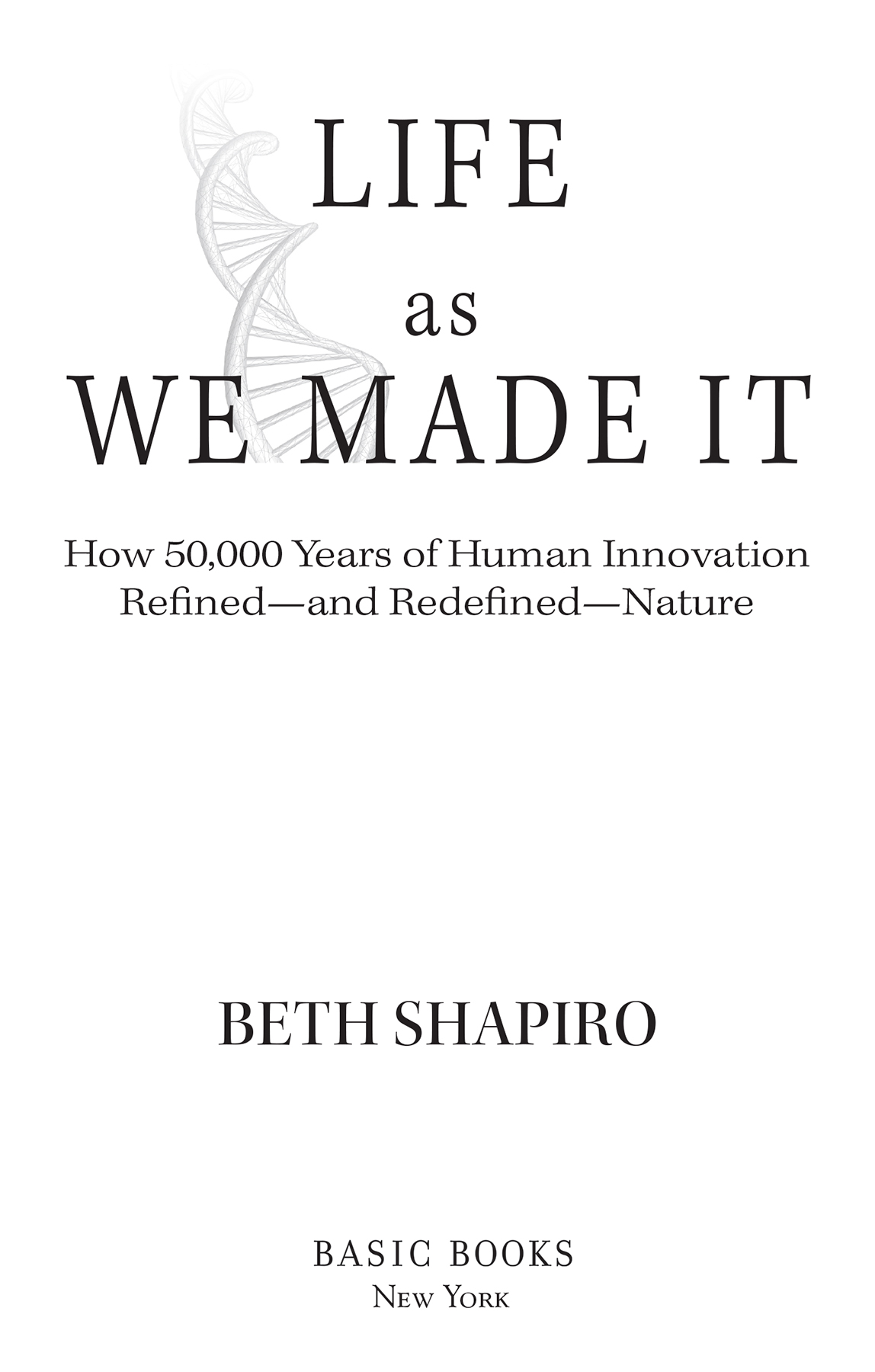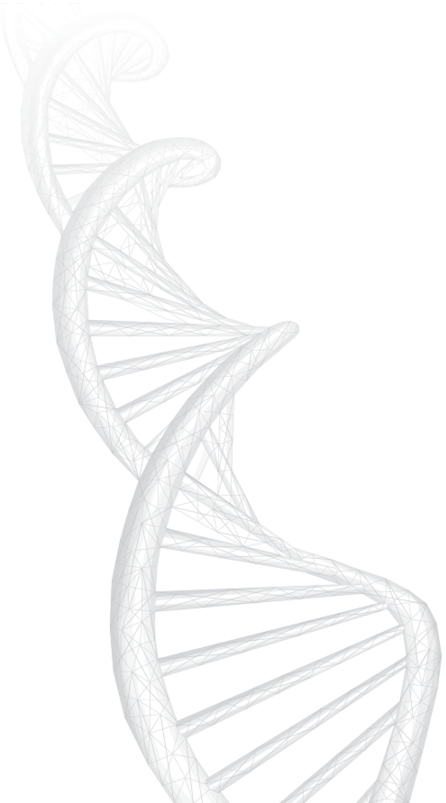How to Clone a Mammoth
Copyright 2021 by Beth Shapiro
Cover design by Alex Camlin
Cover image sociologas / shutterstock.com; andrey_kuzmin / shutterstock.com; barka / shutterstock.com
Cover copyright 2021 by Hachette Book Group, Inc.
Hachette Book Group supports the right to free expression and the value of copyright. The purpose of copyright is to encourage writers and artists to produce the creative works that enrich our culture.
The scanning, uploading, and distribution of this book without permission is a theft of the authors intellectual property. If you would like permission to use material from the book (other than for review purposes), please contact permissions@hbgusa.com. Thank you for your support of the authors rights.
Basic Books
Hachette Book Group
1290 Avenue of the Americas, New York, NY 10104
www.basicbooks.com
First Edition: October 2021
Published by Basic Books, an imprint of Perseus Books, LLC, a subsidiary of Hachette Book Group, Inc. The Basic Books name and logo is a trademark of the Hachette Book Group.
The Hachette Speakers Bureau provides a wide range of authors for speaking events. To find out more, go to www.hachettespeakersbureau.com or call (866) 376-6591.
The publisher is not responsible for websites (or their content) that are not owned by the publisher.
Library of Congress Cataloging-in-Publication Data
Names: Shapiro, Beth Alison, author.
Title: Life as we made it : how 50,000 years of human innovation refinedand redefinednature / Beth Shapiro.
Description: First edition. | New York : Basic Books, 2021. | Includes bibliographical references and index.
Identifiers: LCCN 2021009604 | ISBN 9781541644182 (hardcover) | ISBN 9781541644151 (ebook)
Subjects: LCSH: BiotechnologyHistory. | BiotechnologyMoral and ethical aspects. | NatureEffect of human beings on.
Classification: LCC TP248.18 .S46 2021 | DDC 660.609dc23
LC record available at https://lccn.loc.gov/2021009604
ISBNs: 9781541644182 (hardcover), 9781541644151 (ebook)
E3-20210917-JV-NF-ORI
For James and Henry, who found the bits of this book that I read to them to be medium interesting.
D EEP IN THE HEART OF THE A MERICAN W EST, AN OLD BISON plucks a mouthful of young grass. As her teeth grind the blades, a wolfs howl interrupts the gentle din of the nearby Snake River. The bison raises her head and pauses, suddenly focused. Her ears twitch as she sniffs the air. A quiet moment passes while a mosquito buzzes aimlessly around her head. Sensing no imminent danger, she resumes chewing and returns her gaze to the ground. As she propels herself toward a fresh patch of grass, her movement stirs the several dozen other bison nearby and, together, the herd begins to move slowly southward, silently grazing an unhurried path toward the mountains.
The scene is tranquil, even comforting. A herd of wild bison flourishes in one of the last wild places on Earth, unfettered by all of the stuff that exists outside that wild place. The scene is also hopeful. While its true that we humans have made a hot mess of our planet, patches of habitat survive where bison can roam, separated from all the worlds unnatural tendencies. More importantly, the scene is inspirational. These bison exist because we saved them. By the late 1800s, the millions of bison that once roamed the plains were nearly gone. But bison did not become extinct. Instead, people created safe spaces for their herds to chew cud and raise calves, and designed and passed laws to protect those safe spaces from hunters, poachers, and other threats. Thanks to us, more than 500,000 bison live today in herds across North America.
Above all else, though, the scene is natural. The image of American bison sheltered within the boundaries of North Americas first national park is a portrait of unspoiled wildness. This is the way the natural world should be, because this is the way the natural world has always been.
Except for when it wasnt.
T HE LAST DECADE HAS SEEN DEVELOPMENT OF POWERFUL BIOTECHNOLOGIES that are at the same time astonishing, encouraging, and pretty scary. Cloning, genome editing, synthetic biology, gene drivesthese are words and phrases that promise a different kind of future, but is it a welcome future? On the one hand, technological advance is a good thing. Biotechnology stops us from getting sick, cures diseases that we already have, and makes our food taste better and stay fresh longer. On the other hand, biotechnology creates things that feel weirdly unnatural, like corn with embedded bacterial genes and chickens that lay eggs out of which ducklings hatch. the natural things and spaces that remain, crises like offshore oil spills, rising extinction rates, and emerging infectious diseases demand solutions beyond what our existing technologies can achieve. Should we dig in, embrace the power of modern science, and look ahead to a future where bacteria clean up our messes and where hairy elephants roam Siberian fields while sterilized mosquitoes buzz overhead? Or should we resist this future and stop messing with things before it is too late?
For many, a future filled with human-modified plants and animals is bleak. Engineered microbes, mammothified elephants, and mosquitoes that cant transmit disease would probably benefit people in some way, but creating them just isnt right, and a world that includes them is somehow false. To those who feel this way, there is a tendency to blame science. Thanks to scientists and their twenty-first-century technologies, our world is on the precipice of a metamorphosis beyond which lies a new nature, one created entirely by and for people, and one that is anything but natural. This nervous narrative assumes, however, that humans have only just begun to meddle with naturethat the border between natural and unnatural is obvious and unblurred. History, however, and archaeology and paleontology and even genomics, tells a different story. In studying the past, we learn that people have been shaping the evolution of the living things around us throughout our history. Within the last 50,000 years, our ancestors hunted, polluted, and outcompeted hundreds of species to extinction. They turned wolves into Boston terriers, teosinte into popcorn, and wild cabbage into kale, broccoli, cauliflower, brussels sprouts, and collard greens (to name a few). As our ancestors learned to hunt, to domesticate, and to travel, their actions and movements created opportunities for species to adapt and evolve. Some species survived their encounters with humans, but many did not, and all were transformed in some way. Living things today are as we made them, shaped in part by the randomness of evolution and in part by less random human intent.
Lets consider again the American bison. When people first set foot more than 20,000 years ago on what we now call the North American continent, they may have done so while following these delicious-looking beasts. As time passed, these people developed sophisticated technologies for hunting bison, some of which could kill thousands of animals in a single assault. Only those bison that avoided predation survived. The climate cooled, their habitat deteriorated, and bison populations crashed.


